
I. Introduction
Backpack straps: the unsung heroes of any backpack. They’re not just there for looks – in fact, they’re responsible for making sure the heavy load on your back is evenly distributed, preventing aches and pains. A good pair of straps can even promote good posture and make carrying heavy loads more comfortable. And let’s not forget adjustability – customizable straps mean that backpacks can fit a wide range of body types and activity levels. Suffice it to say, backpack straps can make or break the comfort and functionality of a backpack. Don’t overlook them.
II. The Evolution of Backpack Straps
A brief history of backpack straps, from buckles to padding
Backpacks have come a long way since their early days of basic webbing straps and buckles. Nowadays, backpack straps boast innovative padding and ergonomic designs that cater to the needs of modern travelers. These changes have revolutionized the way we carry our belongings and have transformed backpacks into comfortable and practical accessories for any adventure.
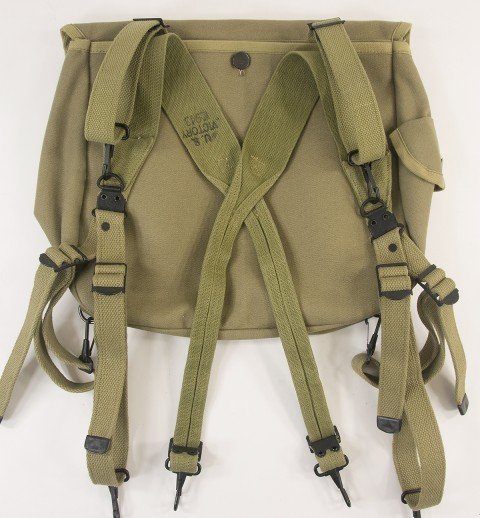
In the early 1900s, early backpacks were primarily used by hikers and outdoorsmen, but they lacked the necessary padding and ergonomic design for extended use. However, during World War II, soldiers heavily utilized backpacks, which led to the development of more advanced designs. The first padded backpack straps were introduced, but they were still relatively uncomfortable. It wasn’t until the 1970s that the first fully padded shoulder straps were introduced, made of nylon with foam padding and adjustable buckles for ultimate comfort.
In recent years, advances in technology and materials have allowed for even more comfortable and ergonomic backpack straps. Some modern backpacks feature straps with contoured designs, breathable materials, and advanced cushioning systems that distribute weight evenly across the wearer’s back.
The development of padded straps and their advantages
The development of padded backpack straps marked a significant improvement in backpack comfort and functionality. Padded straps feature a layer of cushioning material that helps distribute the weight of the load across a larger area of the wearer’s shoulders and back, reducing pressure points and discomfort. Here are some advantages of padded straps:

- Increased comfort: Say goodbye to uncomfortable straps once and for all! Padded straps provide a luxurious and comfortable feel, reducing pressure on your shoulders and back.
- Improved weight distribution: No more lugging around heavy loads that leave you feeling sore and tired. With the help of padded straps, the weight is evenly distributed, preventing strain on any one area.
- Adjustability: Get the perfect fit that suits your body type and activity level! Adjustable padded straps ensure a snug fit, free from the annoyance of rubbing and chafing.
- Durability: Durable materials make padded straps perfect for extended use, saving you money in the long run.
- Breathability: Keep cool and comfortable all day thanks to breathable materials that allow air to flow through, preventing moisture buildup.
III. Anatomy of Backpack Straps
A breakdown of the components of modern backpack straps
Modern backpack straps consist of several key components that work together to provide comfort, support, and adjustability. Here’s a breakdown of the components of modern backpack straps:
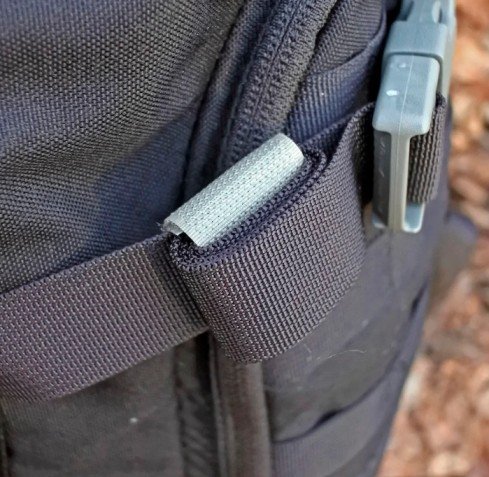
- Webbing: The foundation of most backpack straps is a webbing strip, which is typically made of nylon or other durable materials. The webbing provides the basic structure and support for the strap.
- Padding: A layer of padding is added to the webbing to provide cushioning and improve comfort. The padding may be made of foam, gel, or other materials that can absorb shock and distribute weight evenly across the shoulder and back.
- Covering material: The padding is typically covered with a layer of fabric or other materials, such as mesh or moisture-wicking materials. This covering material helps protect the padding from wear and tear, and can also provide additional breathability and comfort.
- Adjusters: Modern backpack straps usually feature several adjustable components, such as buckles or sliders, that allow the wearer to customize the fit of the straps to their body type and activity type. These adjusters can help prevent rubbing and chafing, and ensure a secure and comfortable fit.
- Attachment points: The straps are attached to the backpack using attachment points, which may be located on the top or bottom of the backpack. These attachment points allow the straps to be adjusted for optimal weight distribution and comfort.
- Additional features: Some modern backpack straps may also feature additional components, such as load lifters, sternum straps, or hip belts, that further enhance comfort and support during extended use.
The role of each component, including padding, webbing, and buckles

- Webbing: The backbone of any good backpack strap is trusty webbing. This powerful component provides the essential strength and structure needed to support your heavy load and endure even the toughest of adventures. With materials like sturdy nylon at its core, the webbing is what keeps your backpack straps going strong for the long haul.
- Padding: The padding in your backpack strap is like a superhero that fights against discomfort and pressure points. Made up of materials such as foam and gel, this cushioning does all the heavy lifting (so to speak) by evenly distributing the weight of your load.
- Covering material: Protecting the padding from wear and tear, the covering material is a crucial element in every piece of sportswear. Not only does it shield the padding inside, but it can also contribute to the overall comfort and breathability of the garment. To help prevent the wearer from feeling hot and sweaty, mesh or moisture-wicking materials are often utilized, ensuring that they stay cool and dry during extended use.
- Adjusters: These handy components are designed to help you customize the fit of your straps, no matter your body type or planned activity. From buckles to sliders, adjusters allow you to modify the length and tension of your straps for a comfortable and secure fit that prevents any rubbing or chafing. Say goodbye to discomfort and hello to the perfect fit with adjusters.
- Attachment points: These clever components are strategically placed on the top or bottom of backpacks, allowing you to fine-tune the position and weight distribution of your load for maximum comfort and support.
Comparison of different types of padding and webbing materials
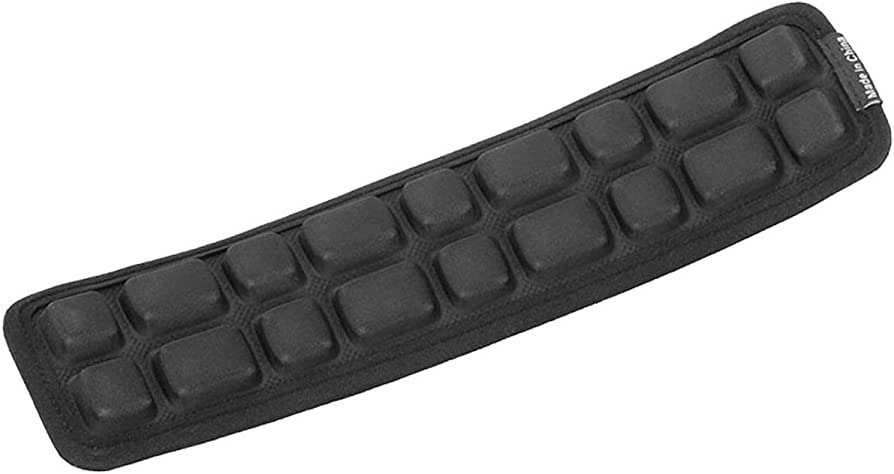
- Foam padding: the unsung hero of backpack comfort, comes in a variety of densities and thicknesses. This must-have cushion provides excellent shock absorption, so your shoulders can handle more of the load. Its lightweight material won’t weigh you down and will lessen the impact of objects around you. However, just like any good teammate, it may need a break once in a while as it can slowly compress over time, just like a relationship.
- Gel padding: This revolutionary new material conforms to your body shape and provides unrivaled comfort and support for longer hikes and commutes. Say goodbye to stiff, uncomfortable straps and hello to a luxurious cushioning experience. While a tad on the heavier side, the benefits outweigh the slight inconvenience, and the investment is well worth it for the avid backpacker.
- Air mesh padding: The magical combination of foam padding and mesh fabric creates a breezy and comfortable experience for your skin, like a cool summer breeze. This enchanting duo allows for proper ventilation and breathability, so you don’t have to worry about being suffocated by your gear. Keep in mind that while this material is lightweight and comfortable, it is not designed for those seeking a cloud-like cushioning experience.
- Nylon webbing: known for its strength, durability, and lightness. This type of webbing can easily handle heavy loads and prolonged use. However, it may not be the most comfortable against your skin and could lead to rubbing and chafing.
- Polyester webbing: The comfortable and reliable choice for your backpack straps. With its durability and softer texture, it’s no wonder why polyester webbing is a favorite among backpack enthusiasts.
IV. Design Considerations
Factors to consider when designing backpack straps
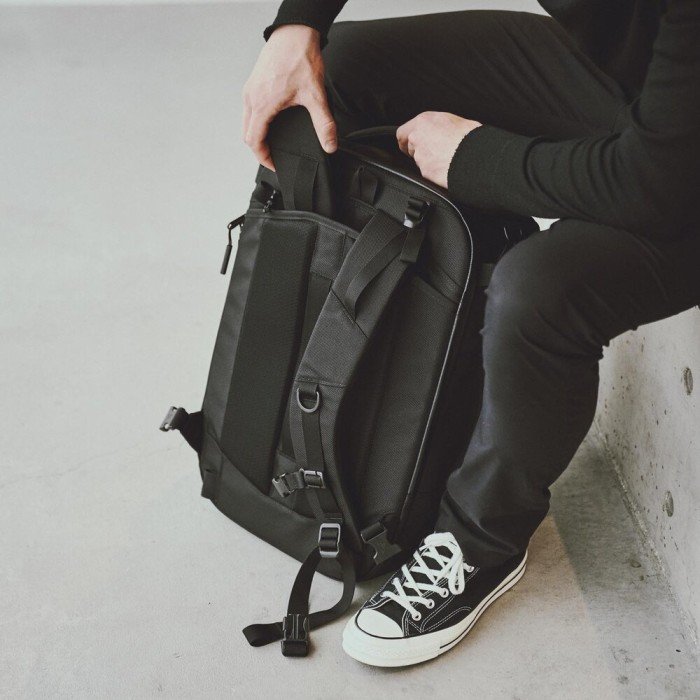
Designing backpack straps involves taking into account various factors to ensure they can effectively bear the load and provide a comfortable and secure fit for the wearer.
- Load-bearing capacity: The straps should be strong and durable enough to support the weight of the backpack and its contents, without causing discomfort or injury to the wearer. The load-bearing capacity will depend on factors such as the material used, the width of the strap, and the stitching.
- Padding and cushioning: When crafting backpacks, it’s crucial to consider the amount and type of padding and cushioning needed to ensure the wearer’s comfort. Thoughtful placement of padding can evenly distribute weight across shoulders and the back, while cushioning can help prevent any unwanted pressure points.
- Adjustability: An adjustable backpack strap system allows for customization and personalization, catering to each unique body type. This means no more discomfort, rubbing or unwanted strain. Being able to adjust the tension and length of the straps provides better control and even weight distribution.
- Breathability: Backpack straps should be designed to allow air to flow through, to prevent sweating and overheating. The use of breathable materials, such as mesh or air mesh padding, can help ensure the wearer’s comfort during extended use.
- Weight distribution: The design of the straps should evenly distribute the weight across your shoulders and back to avoid any uncomfortable or strained areas. So, choose wisely and save yourself from aches and pains.
How design choices affect the overall comfort and fit of the backpack
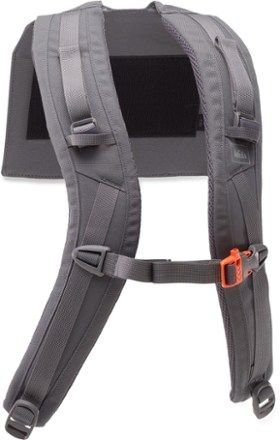
- Strap width: The width of the backpack straps affects the distribution of weight across the shoulders. Wider straps distribute weight more evenly, which can reduce pressure points and improve overall comfort.
- Padding: The amount and type of padding used in the backpack straps affect the cushioning and support provided to the wearer. The right amount of padding can help prevent discomfort and fatigue, while also protecting the wearer from injury caused by heavy loads.
- Strap adjustability: The adjustability of the backpack straps is important in achieving a secure and comfortable fit. Straps that are too loose can cause the backpack to shift and sway, while straps that are too tight can cause discomfort and restrict movement. The adjustability of the straps can also accommodate different body types and preferences.
- Material: The material used in the backpack straps can affect breathability, weight, and durability. Breathable materials such as mesh or air mesh padding can help prevent sweating and overheating, while lightweight materials can reduce the overall weight of the backpack. Durable materials can ensure the longevity of the backpack and its straps.
- Shape and contouring: Straps that are contoured to the shape of the body can provide better support and a more secure fit.
- Load-bearing capacity: Straps that are designed to distribute weight evenly can reduce pressure points and improve overall comfort, while also reducing the risk of injury caused by heavy loads.
V. Manufacturing Backpack Straps
An overview of the manufacturing process for backpack straps

Crafting a comfortable and reliable backpack strap requires a careful and precise process that starts with material selection. From nylon webbing to foam padding, each component is deliberately chosen to create a sturdy and comfortable strap. Once the materials are selected, they are then cut and shaped to fit the size and shape of the backpack. Through precise cutting and shaping, the straps are molded to fit the curve of the wearer’s body. The next step is sewing, which involves using industrial machines to stitch the components together. Seam reinforcement is used to guarantee the strap is strong and long-lasting. Then padding attachment is a crucial step that involves attaching foam padding to the webbing using adhesives or heat bonding. This ensures that the padding stays in place during use, providing maximum comfort to the user. After the padding is securely attached, the backpack straps are inspected for quality, and final adjustments are made. This may include trimming any excess webbing or padding, checking strap adjustability, and ensuring secure component attachment. Once the straps meet high standards, they are then packaged and shipped to retailers or distributors for sale to consumers. This process ensures that backpack straps are made with every detail in mind, providing users with a comfortable and reliable product.
Explanation of the different techniques used to construct straps

There are a few different ways to construct straps for your bag, each with its own unique benefits. For a simple and straightforward option, consider sewn straps. This technique involves folding the webbing in half and sewing it along the length of the strap, resulting in a flat strap with a seam down the center. This design is often used in simpler bags, but it gets the job done. If you’re carrying heavier loads or want some extra cushioning, you may want to go for padded straps. These straps are made by attaching foam padding to the webbing using adhesives or heat bonding, which can be contoured to fit the shape of your shoulders for maximum comfort. With the addition of binding tape to finish the edges, you’ll be left with a smooth and comfy surface.
Experience comfort and support like never before with molded straps that perfectly contour your body’s shape. By using a specialized mold, the foam padding and webbing are shaped to provide a customized fit unique to each wearer. This high-end technique is often used in backpacks for its superior abilities. For those who enjoy the outdoors and sports, breathable straps are a game-changer. With a combination of mesh and foam padding, sweat and overheating is prevented as air flows freely through the strap. Take on your next adventure in ultimate comfort with breathable straps.
By using different construction techniques, manufacturers can create backpack straps that are comfortable, durable, and effective at supporting the weight of the load. The choice of technique can depend on the specific design of the backpack, the intended use, and the manufacturer’s preferences.
VI. Conclusion
Backpack straps are a key component of any backpack, playing a crucial role in ensuring comfort and effectiveness. Over time, backpack straps have evolved from simple webbing straps with buckles to highly sophisticated straps with features such as padding, contoured shapes, and adjustability. When choosing backpack straps, factors such as activity type, load weight, and body type should be considered to ensure a customized fit and optimal comfort. By selecting the right backpack straps, users can reduce strain on their back and shoulders, making their backpacks more effective and enjoyable to use. As backpack technology continues to evolve, we can expect to see even more advanced and customized backpack straps in the future.


